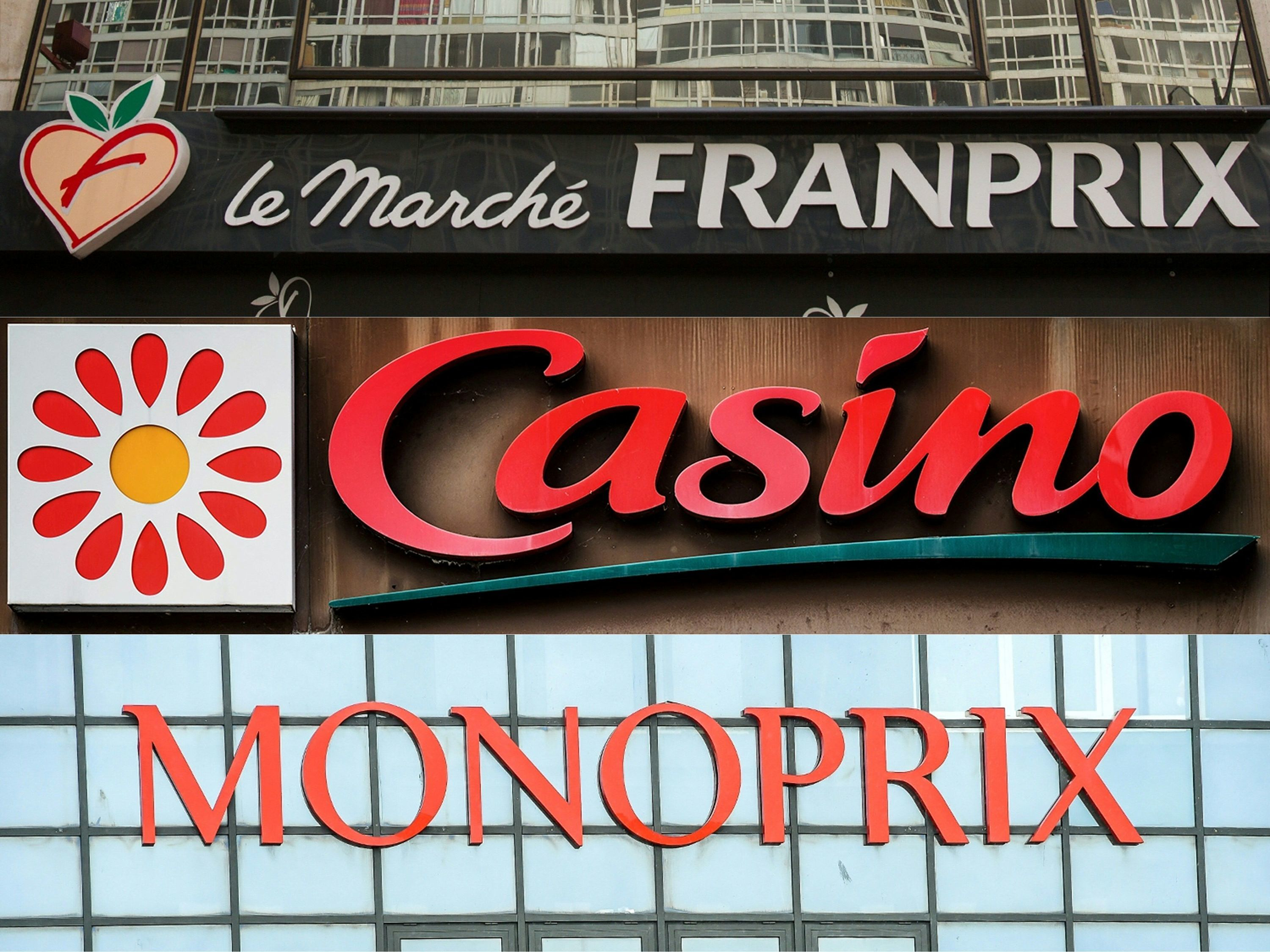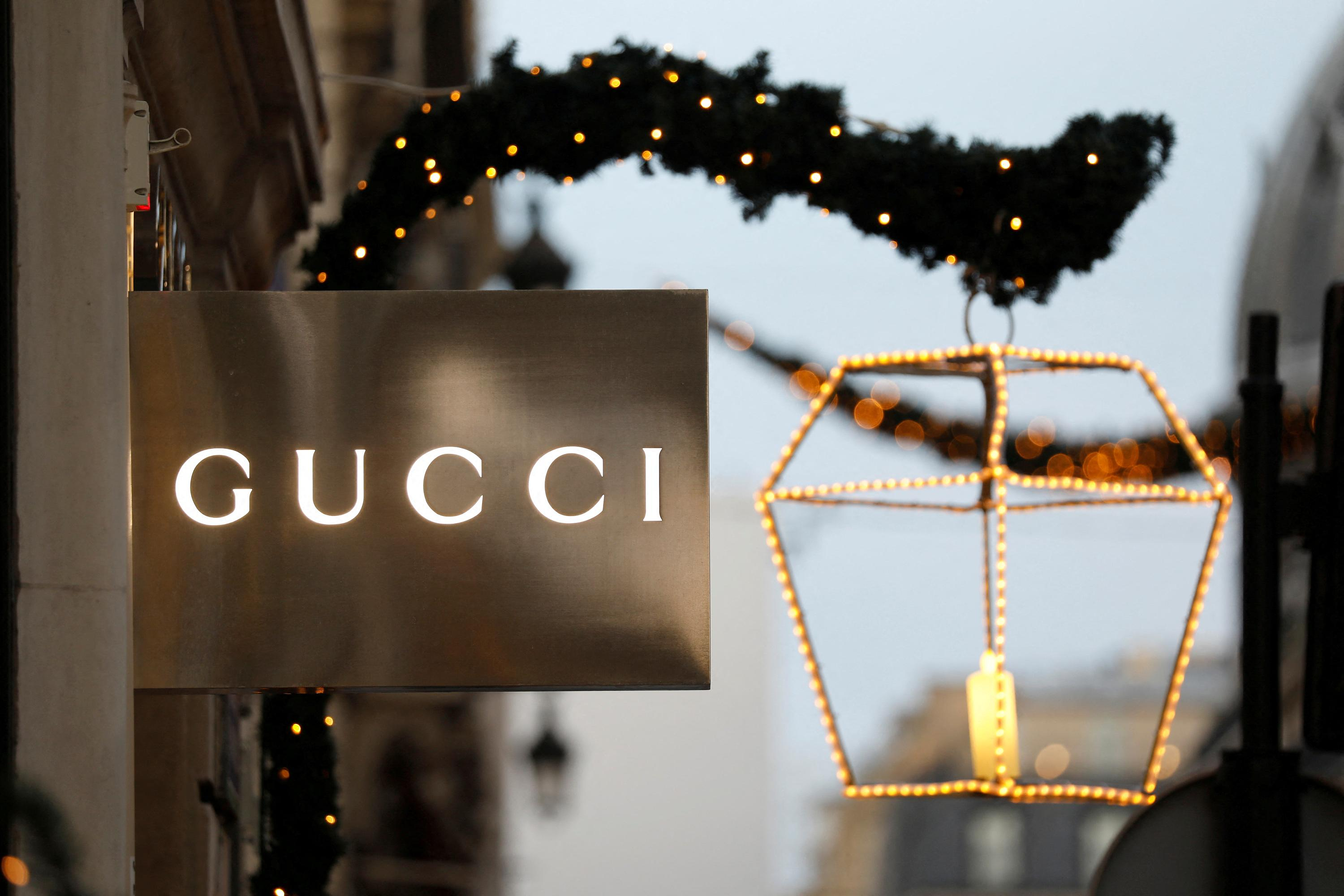If you wanted to cause a stir on the beaches of France, you had to wear a creation by Sonia Delaunay. The figure-hugging bathing suit, paraded by a mannequin on the Trouville promenade, was the must-have of 1928. The plunging neckline, slim straps and skimpy legs were scandalously modern. But what made the swimsuit spectacular was the pattern – the circles, which, with their striking size and colourfulness, drew attention to the garment and the wearer – and to the designer.
No wonder that Sonia Delaunay has been an insider tip in the Parisian fashion world since the early 1920s. The Ukrainian-French artist created designs for fabrics with abstract color patterns that the fashion world had never seen before. In a surprisingly unconventional way, she combined shades of purple and red, green and blue, brown and yellow tones in compositions that made conventional fashion designs appear pale and traditional. As an artist, however, Sonia Delaunay did not see her color and shape designs for textiles as pure decoration. She wanted to “make a work of art out of life”, which is how she advertised her studio in an advertising brochure. What her ambitious textiles looked like, how the design language of the designer-artist developed can now be seen in the stimulating exhibition "Atelier Sonia" in the Museum Haus Lange in Krefeld.
When you hear the name Delaunay, the first thing that comes to mind is Robert Delaunay. The famous painter and husband of the artist is one of the most important representatives of modernism today. With his abstract paintings, he helped shape the development of art through pure color painting. However, he didn't come up with this idea alone, he shared it with Sonia Delaunay. The artist couple was enthusiastic about Eugène Chevreul's "De la Loi du Contraste Simultané des Couleurs" (1839). In this paper, the chemist researched the laws of simultaneous color contrasts and found out that colors lying next to each other influence each other. If you place two similarly colored fabrics with slight brightness and color deviations next to each other, you will see a strong color contrast for the viewer. Chevreul's theory of color was eagerly embraced by many artists, most notably the Impressionists and Pointillists. “Simultané” became an artistic credo for the Delaunays too.
But Sonia Delaunay didn't just stop at painting, she wanted to incorporate the modern, simultaneous world of color into everyday life. Around 1913 she expanded her painterly work and began to transfer color contrasts and abstract forms to textiles. In doing so, she followed the idea of considering the human body as part of her color worlds.
How she implemented this can be clearly seen in the exhibition from a photo showing Margrit Baumeister and Gertrud Koref-Stemmler in geometric light and dark green, black and beige striped Delaunay dresses. For this recording from 1927, the two artists positioned themselves in front of one of the most modern residential complexes of their time - the Weißenhofsiedlung in Stuttgart. The photo of the ladies in the Delaunay dress is more than a memory for the family album, it is a statement for their tailor-made view of life. This clothing, says Katia Baudin, director of the Krefeld museums, was seen as "applied painting" at the time.
The fact that Katia Baudin and the museum trainee Valeria Dorogova were so intensively involved with Delaunay's work as a designer is due to the acquisition of around 100 drawings of fabric samples from the 1920s to 1950s. With this purchase, Baudin wants to expand the founding idea of her house, developed at the end of the 19th century, as a "museum for arts and crafts". It was built with the idea of providing a forum for applied arts in the city of silk and textile industry. And there is even a direct connection between Delaunay and Krefeld. Here the collotype van Kempen
Sonia Delaunay was not an ivory tower artist. She was an internationally networked businesswoman and financially successful. During her war-related stay in Spain, to keep herself and her husband afloat, she founded "Casa Sonia", a studio in which she designed clothes for fashionable women. Returning to Paris, she received in 1923 from J.-B. Martin, the great silk industrialist in Lyon, an order for 50 fabric samples. That was the start of their success.
In Paris, Sonia Delaunay quickly attracted attention with her special patterns and color combinations. In 1925 she registered her company "Sonia" in the Paris commercial register. Her diaries show how accurately she recorded her assignments. In the exhibition you can see pattern books, models for printing fabrics, sketches for fabric designs. And to promote her art wares, she held daily demonstrations at her apartment on Boulevard Malesherbes. A color film from 1926 shows how she presented the fabrics there.
Sonia Delaunay was also popular as an interior designer. A well-documented example is the apartment at 26 rue Norvins for the family of textile manufacturer Robert Perrier. Here she had taken over the design of the children's room, among other things - with curtains and a small table, which are decorated with the same pattern.
Delaunay's world was "ordered and clear," as she once said. By that she meant above all the design of furniture and the clear cuts of her clothes. On the other hand, their patterns and simultaneous colors played the role of creating "a balance between material and spiritual life". With this intention, Sonia Delaunay designed until her death in 1979.
The sensually appealing Krefeld exhibition shows once again how a clever purchase can initiate a reassessment of an important artist.
Until February 26th; House Lange, Krefeld

 His body naturally produces alcohol, he is acquitted after a drunk driving conviction
His body naturally produces alcohol, he is acquitted after a drunk driving conviction Who is David Pecker, the first key witness in Donald Trump's trial?
Who is David Pecker, the first key witness in Donald Trump's trial? What does the law on the expulsion of migrants to Rwanda adopted by the British Parliament contain?
What does the law on the expulsion of migrants to Rwanda adopted by the British Parliament contain? The shadow of Chinese espionage hangs over Westminster
The shadow of Chinese espionage hangs over Westminster Colorectal cancer: what to watch out for in those under 50
Colorectal cancer: what to watch out for in those under 50 H5N1 virus: traces detected in pasteurized milk in the United States
H5N1 virus: traces detected in pasteurized milk in the United States What High Blood Pressure Does to Your Body (And Why It Should Be Treated)
What High Blood Pressure Does to Your Body (And Why It Should Be Treated) Vaccination in France has progressed in 2023, rejoices Public Health France
Vaccination in France has progressed in 2023, rejoices Public Health France The right deplores a “dismal agreement” on the end of careers at the SNCF
The right deplores a “dismal agreement” on the end of careers at the SNCF The United States pushes TikTok towards the exit
The United States pushes TikTok towards the exit Air traffic controllers strike: 75% of flights canceled at Orly on Thursday, 65% at Roissy and Marseille
Air traffic controllers strike: 75% of flights canceled at Orly on Thursday, 65% at Roissy and Marseille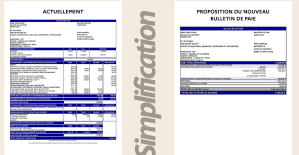 This is what your pay slip could look like tomorrow according to Bruno Le Maire
This is what your pay slip could look like tomorrow according to Bruno Le Maire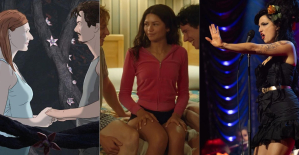 Sky Dome 2123, Challengers, Back to Black... Films to watch or avoid this week
Sky Dome 2123, Challengers, Back to Black... Films to watch or avoid this week The standoff between the organizers of Vieilles Charrues and the elected officials of Carhaix threatens the festival
The standoff between the organizers of Vieilles Charrues and the elected officials of Carhaix threatens the festival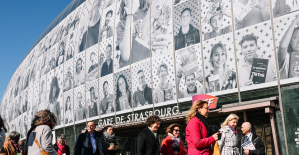 Strasbourg inaugurates a year of celebrations and debates as World Book Capital
Strasbourg inaugurates a year of celebrations and debates as World Book Capital Kendji Girac is “out of the woods” after his gunshot wound to the chest
Kendji Girac is “out of the woods” after his gunshot wound to the chest Skoda Kodiaq 2024: a 'beast' plug-in hybrid SUV
Skoda Kodiaq 2024: a 'beast' plug-in hybrid SUV Tesla launches a new Model Y with 600 km of autonomy at a "more accessible price"
Tesla launches a new Model Y with 600 km of autonomy at a "more accessible price" The 10 best-selling cars in March 2024 in Spain: sales fall due to Easter
The 10 best-selling cars in March 2024 in Spain: sales fall due to Easter A private jet company buys more than 100 flying cars
A private jet company buys more than 100 flying cars This is how housing prices have changed in Spain in the last decade
This is how housing prices have changed in Spain in the last decade The home mortgage firm drops 10% in January and interest soars to 3.46%
The home mortgage firm drops 10% in January and interest soars to 3.46% The jewel of the Rocío de Nagüeles urbanization: a dream villa in Marbella
The jewel of the Rocío de Nagüeles urbanization: a dream villa in Marbella Rental prices grow by 7.3% in February: where does it go up and where does it go down?
Rental prices grow by 7.3% in February: where does it go up and where does it go down? Europeans: “All those who claim that we don’t need Europe are liars”, criticizes Bayrou
Europeans: “All those who claim that we don’t need Europe are liars”, criticizes Bayrou With the promise of a “real burst of authority”, Gabriel Attal provokes the ire of the opposition
With the promise of a “real burst of authority”, Gabriel Attal provokes the ire of the opposition Europeans: the schedule of debates to follow between now and June 9
Europeans: the schedule of debates to follow between now and June 9 Europeans: “In France, there is a left and there is a right,” assures Bellamy
Europeans: “In France, there is a left and there is a right,” assures Bellamy These French cities that will boycott the World Cup in Qatar
These French cities that will boycott the World Cup in Qatar NBA: the Wolves escape against the Suns, Indiana unfolds and the Clippers defeated
NBA: the Wolves escape against the Suns, Indiana unfolds and the Clippers defeated Real Madrid: what position will Mbappé play? The answer is known
Real Madrid: what position will Mbappé play? The answer is known Cycling: Quintana will appear at the Giro
Cycling: Quintana will appear at the Giro Premier League: “The team has given up”, notes Mauricio Pochettino after Arsenal’s card
Premier League: “The team has given up”, notes Mauricio Pochettino after Arsenal’s card




